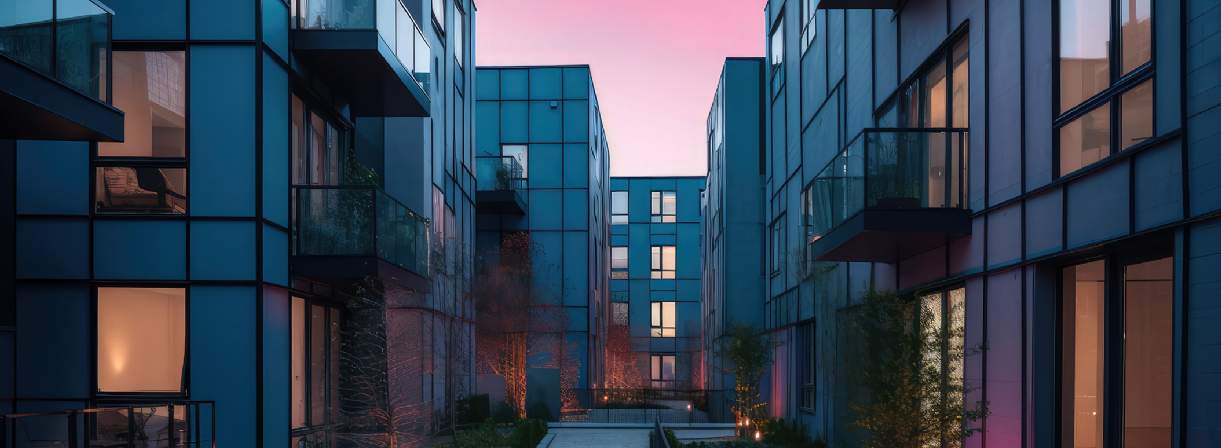The first quarter of 2024 has been muted, with fewer investment deals closing, after a flurry of transactions at the end of last year.
Development activity has shown a mixed picture. Completions rose consistently in 2023 amid slowing build cost inflation and have reached their highest level since 2021.
On the other hand, starts have fallen below completions, suggesting investors are prioritising existing schemes over new ones. What is encouraging is the number of homes at construction and permission stage which have the potential to support starts and completions in 2024 and beyond.
Once complete, these new schemes will play a key role in addressing local housing need with our analysis showing that over half of BtR movers come from the same or a neighbouring local authority.
Our research has also identified that tenants are willing to move further to BtR than other forms of PRS. This shows the popularity of schemes with renters, which extends beyond just the opportunity to rent a new build home.
The key challenge ahead is to tackle the pinch points in the delivery pipeline to serve high demand.
